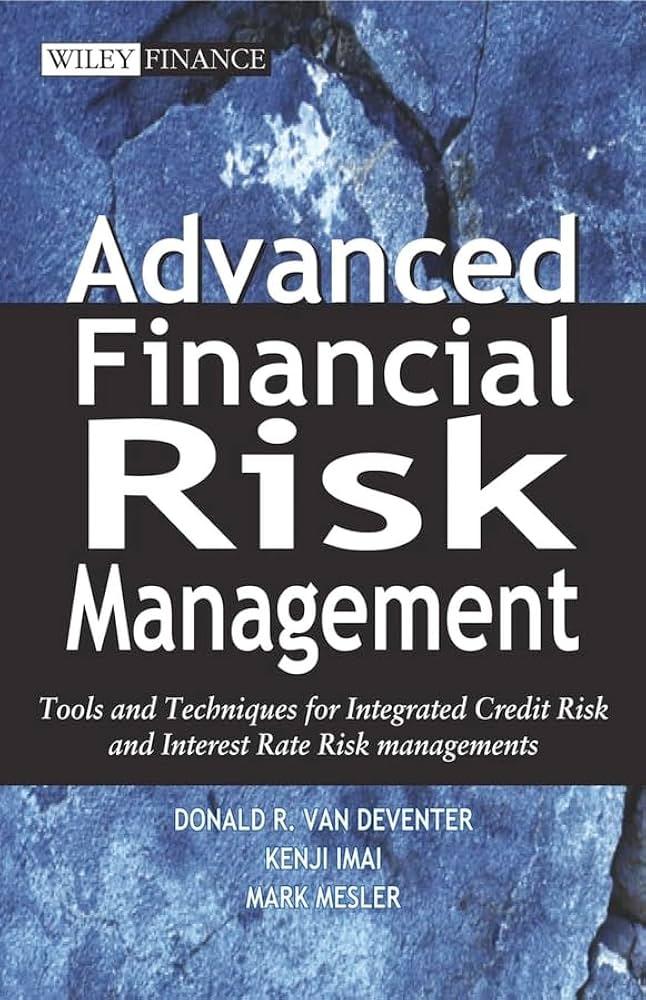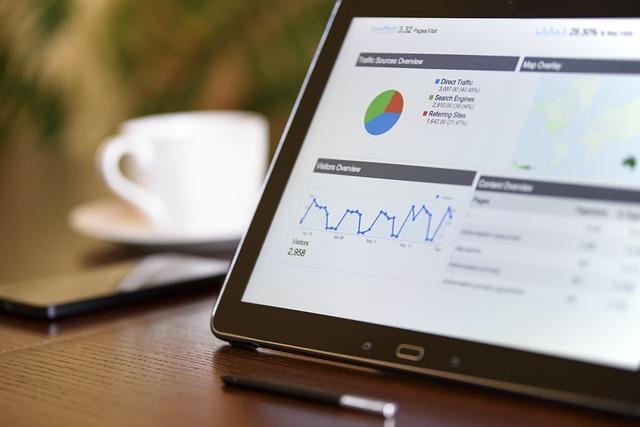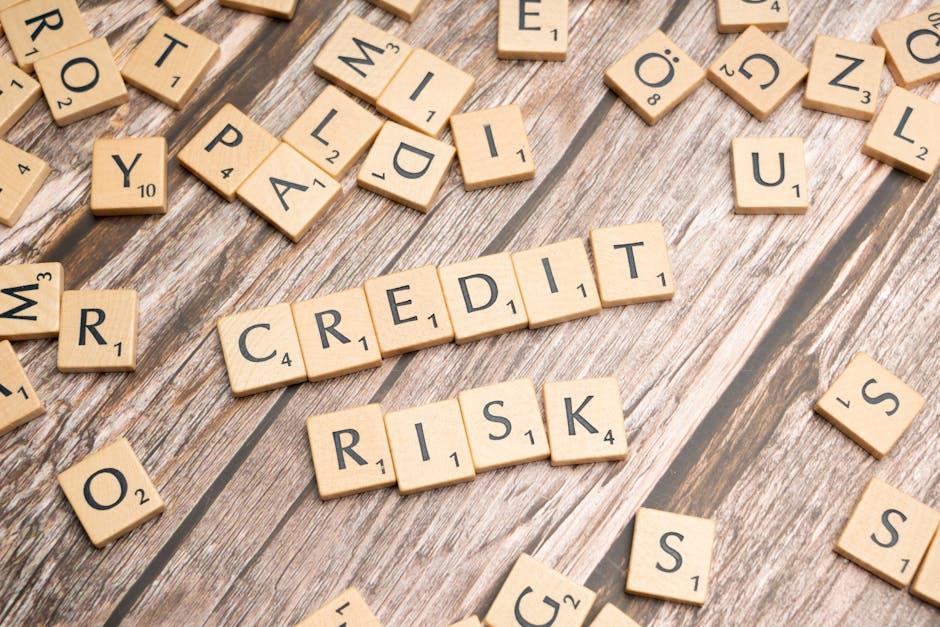In the intricate world of finance, where numbers dance to the rhythm of risk and reward, credit risk assessment stands as a sentinel, guarding the gates of fiscal prudence. Imagine a realm where every loan application is a story waiting to be told, where every credit score is a narrative woven from threads of past behavior and future potential. In this landscape, the tools we wield are not mere instruments but the quills and parchment upon which the fate of financial ventures are inscribed. Welcome to the art and science of credit risk assessment, where precision meets intuition, and where the right tools can illuminate the path to informed decision-making. In this article, we delve into the essential financial tools that empower professionals to navigate the complexities of credit risk, transforming uncertainty into opportunity and ensuring the stability of financial ecosystems. Whether you’re a seasoned analyst or a curious newcomer, prepare to embark on a journey through the essential arsenal that defines the frontier of credit risk assessment.
Understanding the Essentials of Credit Risk Assessment Tools
In the intricate world of finance, understanding the nuances of credit risk assessment tools is paramount for making informed lending decisions. These tools are designed to evaluate the likelihood of a borrower defaulting on their obligations, thereby safeguarding financial institutions from potential losses. At the core, these tools employ a combination of quantitative and qualitative analysis, leveraging historical data, statistical models, and even machine learning algorithms to predict creditworthiness.
- Credit Scoring Models: These models use a variety of factors such as payment history, credit utilization, and length of credit history to generate a score that represents a borrower’s credit risk.
- Financial Statement Analysis: By examining balance sheets, income statements, and cash flow statements, lenders can assess the financial health and stability of a business or individual.
- Stress Testing: This involves simulating adverse economic conditions to evaluate how a borrower might perform under financial stress, providing insights into potential vulnerabilities.
- Machine Learning Algorithms: These advanced tools analyze vast datasets to identify patterns and trends that traditional methods might miss, offering a more nuanced view of credit risk.
Understanding these tools is crucial for any financial professional aiming to minimize risk and optimize lending strategies. By integrating these methodologies, institutions can not only enhance their risk management processes but also improve their decision-making accuracy.

Harnessing Data Analytics for Precise Risk Evaluation
In the realm of credit risk assessment, the ability to accurately predict and evaluate potential risks is paramount. Data analytics serves as a powerful ally in this endeavor, providing financial institutions with the precision needed to make informed decisions. By leveraging advanced analytical tools, organizations can delve into vast datasets to uncover hidden patterns and trends that traditional methods might overlook. This approach not only enhances the accuracy of risk assessments but also enables the development of more robust credit models that can adapt to changing market conditions.
- Predictive Modeling: Utilizing machine learning algorithms to forecast potential defaults and identify high-risk clients.
- Real-time Data Analysis: Accessing up-to-the-minute data to make timely and informed credit decisions.
- Behavioral Analytics: Analyzing customer behavior to anticipate future credit needs and risks.
- Risk Scoring Systems: Implementing comprehensive scoring systems that integrate multiple data sources for a holistic view of creditworthiness.
By embracing these cutting-edge tools, financial institutions can not only enhance their risk evaluation processes but also gain a competitive edge in the market. This strategic use of data analytics transforms risk management from a reactive process into a proactive strategy, ensuring that credit risks are not just assessed but effectively managed.

Leveraging Machine Learning in Credit Risk Management
In today’s rapidly evolving financial landscape, the integration of machine learning into credit risk management is not just an innovation—it’s a necessity. By leveraging advanced algorithms and data analytics, financial institutions can significantly enhance their ability to predict and mitigate risks. This transformation allows for more accurate credit scoring, personalized risk assessments, and dynamic credit monitoring, ensuring a robust defense against potential defaults.
- Predictive Analytics: Utilize historical data to forecast future credit behavior, enabling proactive risk management.
- Automated Decision-Making: Streamline processes by automating routine tasks, freeing up resources for more complex analyses.
- Enhanced Fraud Detection: Identify anomalies and patterns that could indicate fraudulent activities, protecting both the institution and its clients.
- Real-Time Monitoring: Continuously assess credit portfolios to detect and respond to emerging risks promptly.
By embedding machine learning into their credit risk strategies, financial institutions not only improve their operational efficiency but also gain a competitive edge in the market. The insights drawn from these technologies empower decision-makers to craft strategies that are both innovative and resilient.

Strategic Implementation of Financial Software Solutions
In today’s dynamic financial landscape, the precision and efficiency of credit risk assessment are paramount. To navigate this complexity, leveraging advanced financial software solutions is no longer optional but essential. Innovative software tools can streamline the assessment process, offering robust analytics and real-time data processing capabilities. These tools enable financial institutions to make informed decisions by providing comprehensive insights into borrower profiles and potential risks.
Key features to look for in these solutions include:
- Automated Data Collection: Seamlessly integrate with various data sources to gather accurate borrower information.
- Predictive Analytics: Utilize machine learning algorithms to forecast potential credit defaults.
- Customizable Risk Models: Tailor risk assessment frameworks to align with specific organizational requirements.
- Real-time Monitoring: Continuously track credit portfolios to detect emerging risks promptly.
By implementing these strategic tools, financial entities can enhance their risk management frameworks, ensuring they stay ahead in a competitive market.





